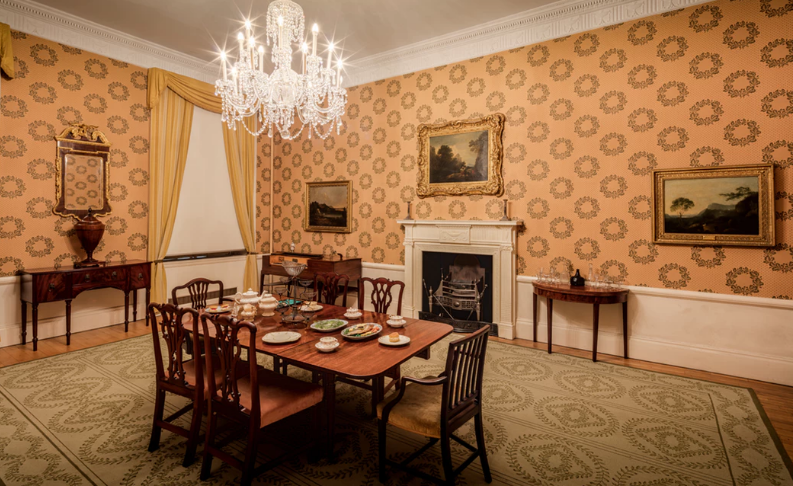Wallpaper Removal How-to

You’ve finally decided to do it, for whichever reason. Mostly it’s the stains that won’t disappear and the permanent smells that soak up the wallpaper. Other times it’s a new paint you want to try out, and you’ve heard that it may not work without removing an existing wallpaper. Whichever reason, removing an old wallpaper may be the best decision you will make.
Now, trusting this job to a professional company (like Top Shelf Painting & Improvement Specialists ) may be the way to go, or something you may be able to do on your own. Whichever the case, it’s important to you that the wallpaper is removed flawlessly. Besides, you have a free weekend, no football on TV and there’s friends and family for help whenever you need them.
No sugarcoating here, if you have done it before, you know it’s not an easy task. But if you have the time, dedication and patience, it’s straightforward. If you haven’t done it before, you’ll get to learn a thing or two. This article will try to make it easier and quicker for you. But to make it possible, you have to be dedicated.
Tips given here will make it efficient for the work at hand. They may not be fun but if you follow them carefully, there will be no damage and will make your wall impeccably clean ready for the fresh coat of paint or the new wallpaper you have been dreading for.
Protect the woodwork and floor
You have to understand, it’s going to be messy. By messy, I mean wet and sticky. You don’t want to tidy up your wall then find out your furniture, floor and woodwork need clean-up up the next day.
Remove everything from the wall. This includes the vents and switches plates. When it comes to openings, mask them with plastic and tape. Remember that your electricity should be switched off but In case you will need lighting, work lamps will work best. The furniture should be obliterated if it’s possible, or at the centre of the room, covered with plastic.
Because of the glue and water that will come down your wall, the best way to protect your woodwork and floor is to tape plastic at the base. Place the tape just at the beginning of your woodwork above the floor and let the plastic overlap the floor at the bottom. The tape has to be watertight, so press it hard. Place dry towels at the bottom to absorb as much water as it is running down the wall.
Pull off the face
Now that you have taken the necessary precautions the process itself begins with pulling off the front of the wallpaper. Under a switch plate or over at the corner near the ceiling is the best place to tear off the face of the wallpaper. A putty knife is a great tool to aid you in this, then you can pull off the rest with your hands carefully. You won’t need water.
You see, after removing the top layer, it leaves the backing on the wall on which you can now use water to soak it up and make it efficient to remove the wallpaper. Sometimes it depends on how long the paper has been on the wall for it to come out perfectly.
Use hot water
Now that the face is off, this is where the water comes in. It’s vital that you have gloves because you will be using the hottest water you could tolerate. The hot water is best because it softens the backing.
A sponge or floor mob should aid in the process of removal. Use the sponge to apply water and let it absorb until it separates from the wall.
It might be wise not to keep your wall wet for more extended periods, especially if yours is a drywall type. Under 15 minutes is okay for drywall, otherwise, plaster walls can take lots of water without a problem.
Scrap off the backing
With the use of a metal spatula or a putty knife with rounded corners, scrape off the backing and what remains of the wall.
Remember we are trying to be perfect in our work, so don’t be aggressive. I insist on metal spatulas because plastic spatulas are too thick and are difficult to get underneath.
Remove paste
Now, a lot of paste will remain on the wall once the backing is gone. You will need a lot of effort to get it off. A putty knife can help scrap it off, then washing it thoroughly with sponge and water.
By this time you will be exhausted. The wall will look clean, but it will still be sticky. A gel stripper can rise up to this occasion. And you won’t even need much of it. The gel clings to the wall, and you can scrap it off after which rinsing the wall entirely is all you need before calling it a day.
If all of this seems like too big a task for you to do all by yourself,
remember that Top Shelf is just a call away! (586) 465-0867
